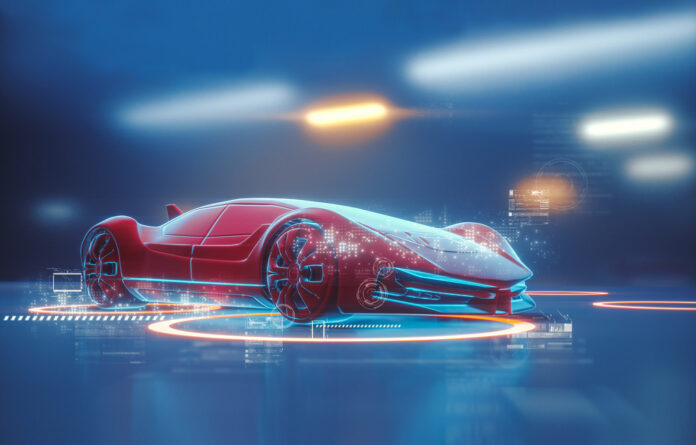The Future of Transportation: How Science Fiction is Becoming a Reality
The world of science fiction has long been a source of inspiration for scientists and engineers. Movies like Avatar have sparked innovation and driven technological advancements. One such example is the development of a car inspired by the world of Pandora, the planet in James Cameron’s movie Avatar. This car, named Vision AVTR, is a model conceived together with James Cameron to create a design inspired by the world of Pandora.
A Bio-Inspired Car
The Vision AVTR incorporates numerous technologies that could correlate in the road cars of the future. Its wheels are similar to the dandelions seen floating in the air in Cameron’s work. The car lacks a conventional steering wheel, which integrates a striking dashboard screen. Instead, the driver moves a kind of joystick like that of a video game console. Besides moving forward or backward, it can also offer sideways motion like a crab thanks to the design of its wheels.
Key Features of the Vision AVTR
The Vision AVTR has several key features that make it a car of the future. These include:
- Electric propulsion
- No steering wheel
- Made of sustainable materials
- Increased range of more than five hundred miles
- Gestural communication interface
- Connected to the driver’s brainwaves
The car’s propulsion system uses electric motors and a graphene-based battery with a theoretical range of five hundred miles. The battery transmits power to the four motors installed in the respective wheels. This battery is free of rare minerals and is completely compostable at the end of its useful life.
Photovoltaics: The Key to the Electric Car of the Future
Another company, Lightyear Motors, is exploring the use of photovoltaics to create a car that can run for an entire month without the need for recharging. The Lightyear One incorporates several innovative concepts to achieve unprecedented autonomy. On the one hand, it will rely on photovoltaic energy thanks to the integrated panels in the bodywork, with a total surface area of five square meters.
How the Lightyear One Works
The efficiency of the solar panels makes it possible to add more than forty-five miles of daily autonomy to the vehicle without going to a recharging point. Under optimal conditions and assuming urban use, the car would be used without recharging for weeks or even months. To achieve this, in addition to the solar panels, the vehicle’s overall weight has been reduced thanks to a new system of lithium batteries made of cylindrical cells. Optimum aerodynamics have also been sought to reduce energy consumption. Finally, it incorporates regenerative braking technologies.
Conclusion
The future of transportation is looking bright, with science fiction inspiring innovation and driving technological advancements. The Vision AVTR and the Lightyear One are just two examples of how movies like Avatar are shaping the cars of the future. With their sustainable materials, electric propulsion, and advanced technology, these cars are set to revolutionize the way we travel. As technology continues to advance, we can expect to see even more exciting developments in the world of transportation. Sources: Business Insider, Mercedes-Benz.

